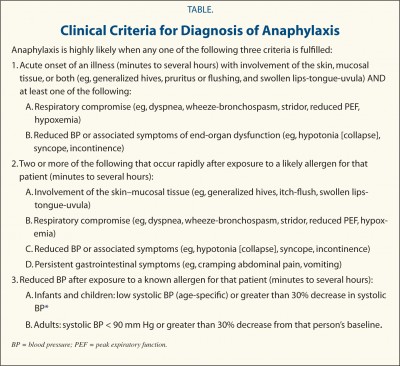The MastAttack 107: The Layperson’s Guide to Understanding Mast Cell Diseases, Part 66
80. When is chemotherapy necessary for mast cell disease?
- For mastocytosis patients, chemotherapy is used for patients with systemic mastocytosis in whom the disease is malignant (aggressive systemic mastocytosis or mast cell leukemia) or seems to be progressing towards a cancerous form of the disease (smoldering systemic mastocytosis). There are very clear cut guidelines for this. Interferon and chemotherapy are used when a patient has smoldering mastocytosis with increasing mast cell counts; aggressive systemic mastocytosis; or mast cell leukemia, in order to kill off mast cells to slow disease progression and extend a patient’s lifespan.
- A patient who already meets the criteria for systemic mastocytosis, who has two or more B findings, is considered to have smoldering systemic mastocytosis. SSM is a transition state between indolent SM, which has a normal lifespan, and malignant forms of mast cell disease, including ASM and MCL.
- Having two or more of the following gets you a diagnosis of SSM: mast cell aggregates that take up 30% or more of cells in a bone marrow biopsy, and/or serum tryptase over 200 ng/mL; bone marrow with too many cells in it overall, without evidence of MDS or a myeloproliferative neoplastic disease; or organ swelling that has not yet affected organ function (swelling of the liver without ascites, spleen swelling enough that it can felt by palpation, lymph nodes swollen to 2 cm or larger).
- Patients with SSM are watched to see if their body is making lots of mast cells quickly, or if their organs are feeling the strain of too many mast cells. One of the way they check this is to see how quickly their tryptase level increases. If their provider feels that their disease is progressing, they receive chemo or interferon to try and knock the disease down enough that they don’t reach the criteria for ASM.
- Patients are diagnosed with ASM if they meet the criteria for SM and any of the following criteria: the body not making enough blood cells, cytopenia (absolute neutrophil count below 1000/ul, hemoglobin below 10g/dl, or platelets below 100000/ul); swelling of the liver along with free fluid in the abdomen (ascites), elevated liver enzymes, or portal hypertension; swelling of the spleen along with decreased blood cells due to damage in the spleen, excessive production of blood cells by the bone marrow to compensate, and likely resolution if the spleen is removed; malabsorption in the GI tract causing low protein in the blood (albumin) and weight loss; and severe bone dysfunction, causing a series of bone breaks and large osteolytic lesions from mastocytosis.
- ASM patients are put on chemotherapy or interferon, usually continuously, unless there is evidence that they have killed off enough mast cells to have a less dangerous disease category.
- Mast cell leukemia patients are on chemotherapy continuously.
- There is no described use for chemo in cutaneous mastocytosis.
- There are situations where patients with other disease categories (ISM, MMAS, MCAS) are put on chemo drugs to try and manage symptoms or shock episodes after all other therapies have failed. While this has been mentioned in literature, there have been no studies on it.
- Chemo drugs should be used as a last resort. They can have significant side effects and complications that cannot always be remedied by stopping the treatment.
- Please note that while newer, targeted chemos have become more common, they are in fact chemotherapy and carry significant risks despite being more tailored, including the potential for organ damage or failure.
For additional reading, please visit the following posts:
The Provider Primer Series: Diagnosis and natural history of systemic mastocytosis (ISM, SSM, ASM)
The Provider Primer Series: Natural history of SM-AHD, MCL, MCS
The Provider Primer Series: Mast cell activation syndrome (MCAS)

